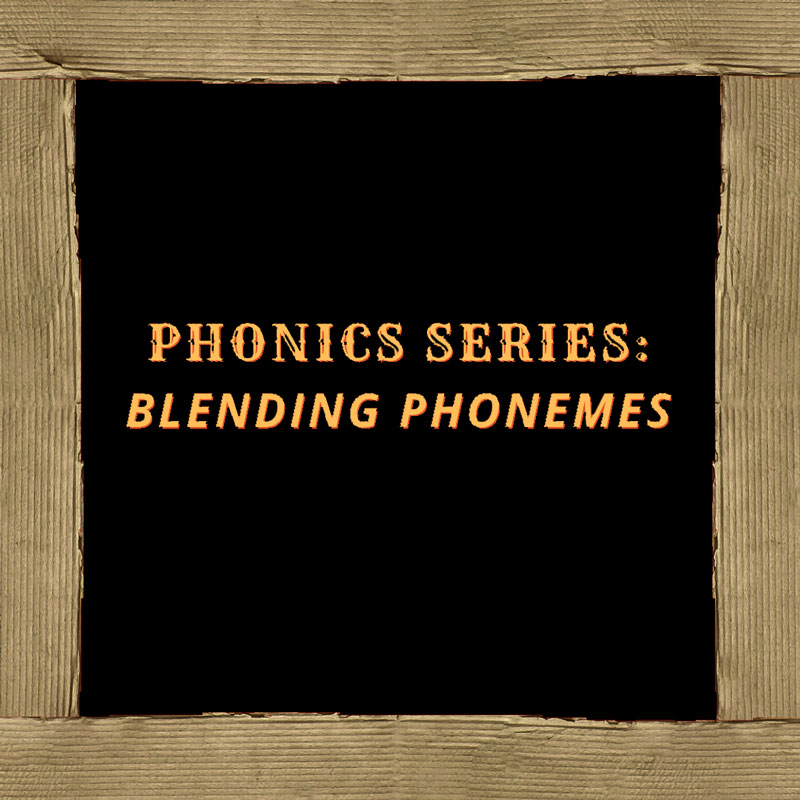Blending is one of two critical phonological awareness skills. Alongside segmenting, blending is an essential reading skill since it often predicts reading success with children. It is undoubtedly one of the readings and writing foundations. After all, to read and decode words, a child must first be able to determine the sounds (phonemes) and blend them together to make a word. Then, if they want to spell it out, kids must break the word down into its sounds end recognize letters associated with the sounds.
Basically, blending is the process of combining sounds together to make a word. For example, the term “map” is made of three sounds – /m/-/a/-/p/. So, this word is made of three sounds or phonemes.
For kids to learn to read and spell, it is paramount to understand how sounds make up words, following pairing with letters matching the sounds in speech.
How to Teach Your Kids to Blend Phonemes
No child is the same, so some need more practice, modeling, and guidance than others. However, practice makes perfect. So, let’s see how you can make sure your child is on the right track.
When teaching them to blend, it’s wise to start with sounds, then ask them to blend them together into a word. It’s best to start with simple words with two or three sounds. As shown with the word “map” example, three phonemes blended make the word “cat” in speech. So, when practicing with your kids, make sure to take a pause for a bit in between sounds so that they get how these individual sounds create a word.
Examples of Blending Bhonemes Practice
In their article Phonological Awareness: Instructional and Assessment Guidelines, Reading Rocket explained very nicely how important it is to practice blending to identify a word made of a few component sounds.
Try the ‘Guess the word’ game
For this exercise, it would be perfect if you had picture cards of objects that your kids could recognize. Such would be, for example, cup, book, plane, snake, sun, bell, clock.
Take a few picture cards and show them to children. Then, say that you are going to say a word using “Snail Talk.” Meaning, saying words slooowlyyyy. Engage kids to look at the cards and try and guess the word you are saying.
If you’re playing with a group of children, make sure everyone is engaged and try out at least a couple of words.
Patience is Key
Once you start teaching your kids to blend sounds (phonemes), make sure to start with simple two to three sound words. When you notice they are confident in their ability to blend words with three sounds, work their way up to four.
Give children as much time as they need since some of them might need a little bit extra practice. Eventually, everyone will benefit from exercise and have a stronger foundation for literacy development.
To really set the knowledge in stone, alongside picture cards, it’s wise to implement Legos, blocks, or game pieces that represent individual phonemes.
Thanks again for your time. I hope you are enjoying learning some of the basics of phonics and language. Please let me know your thoughts!




